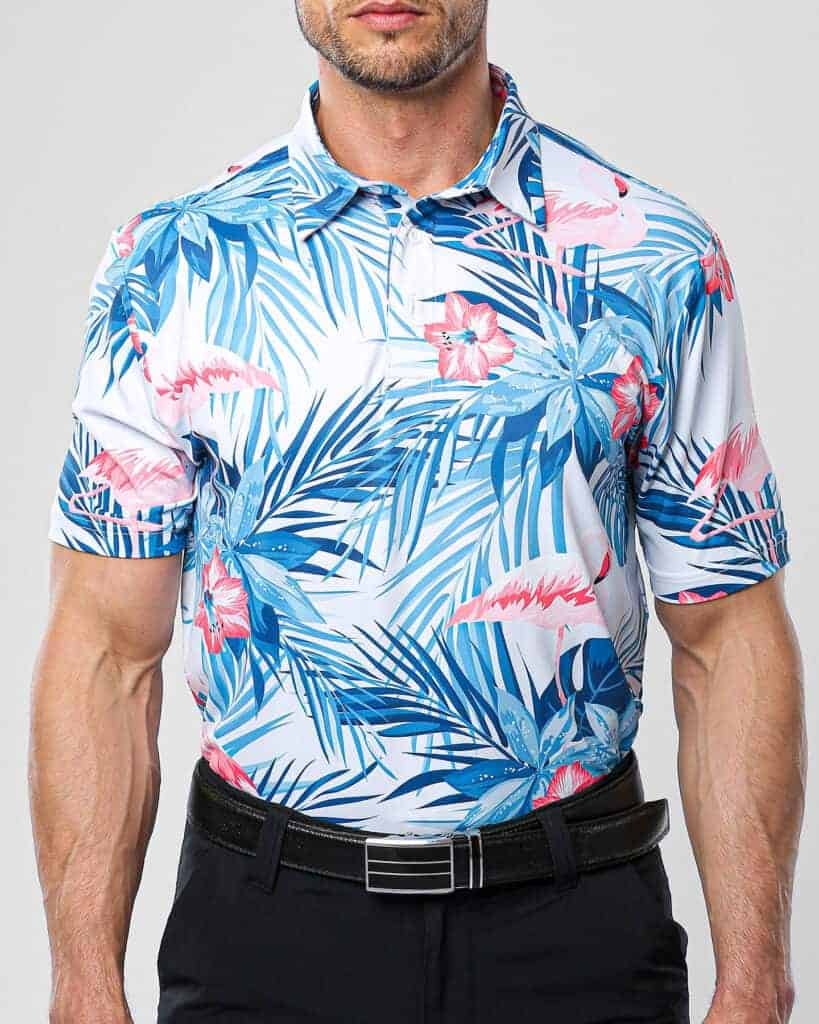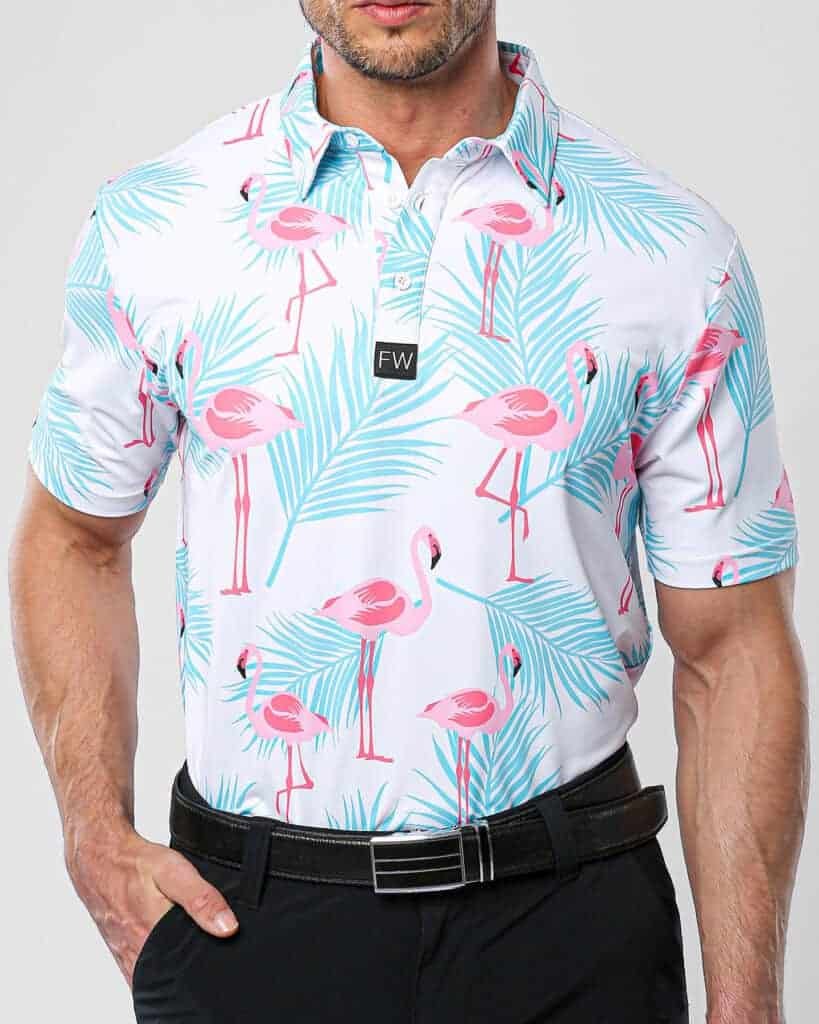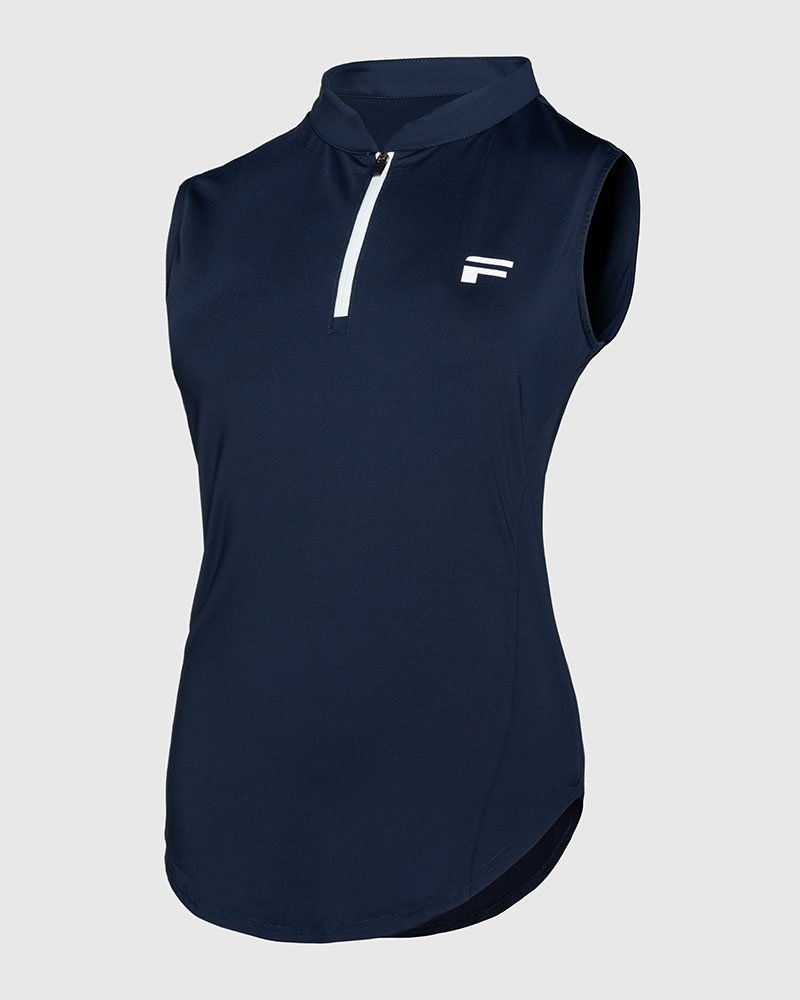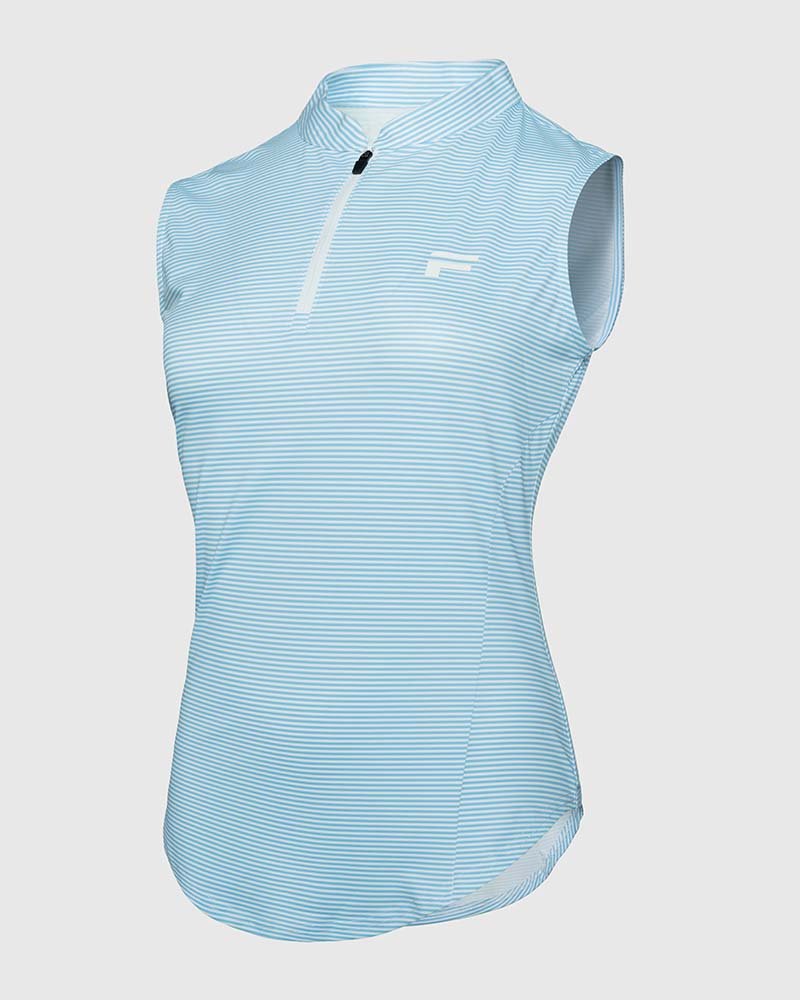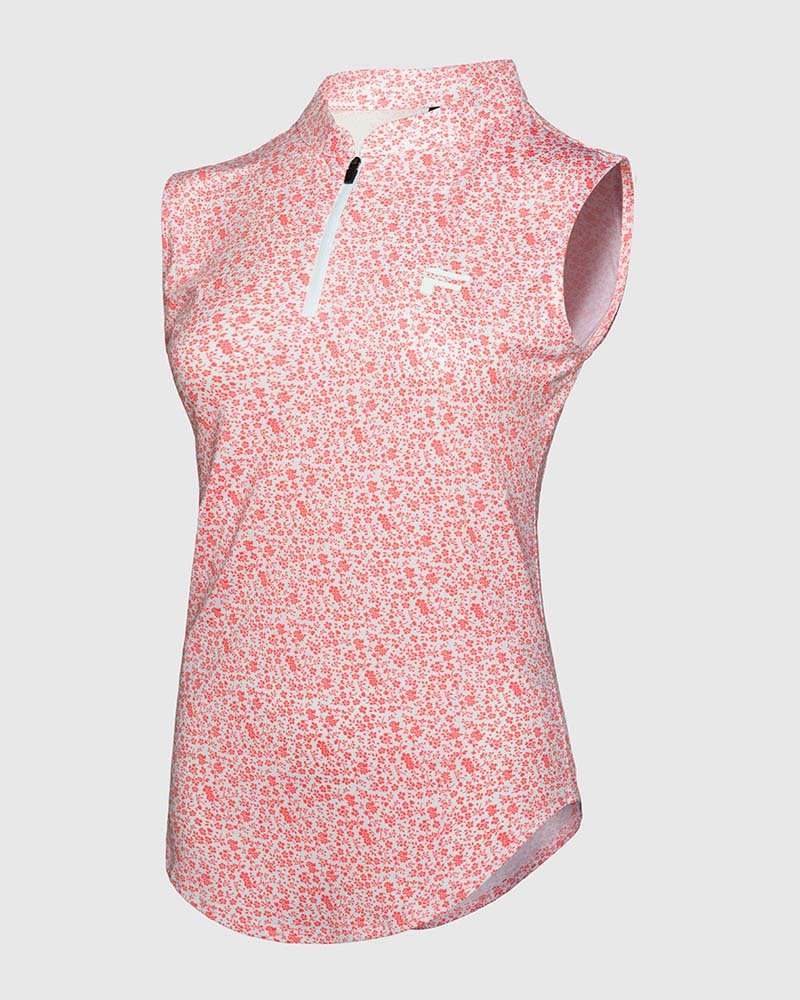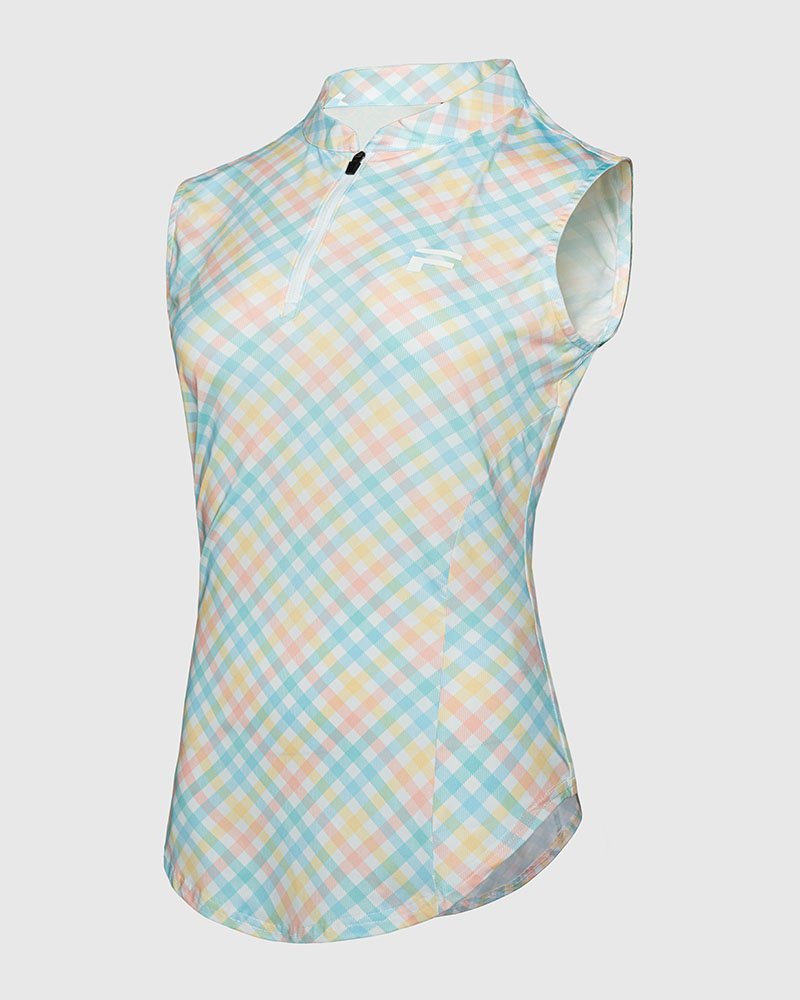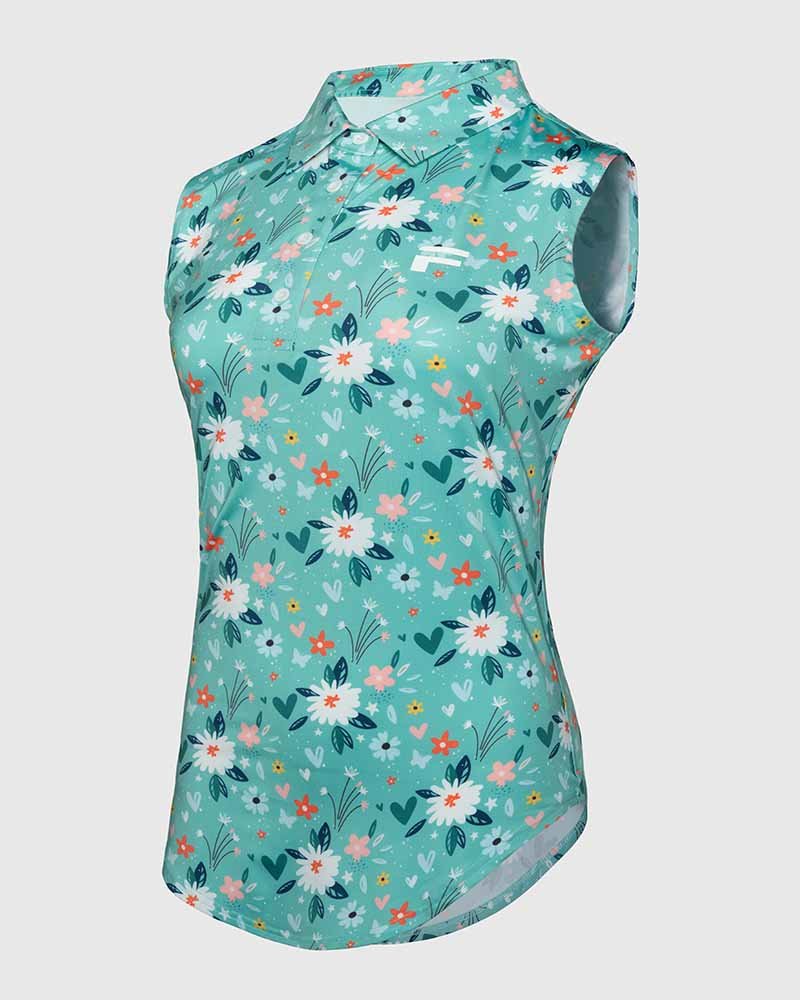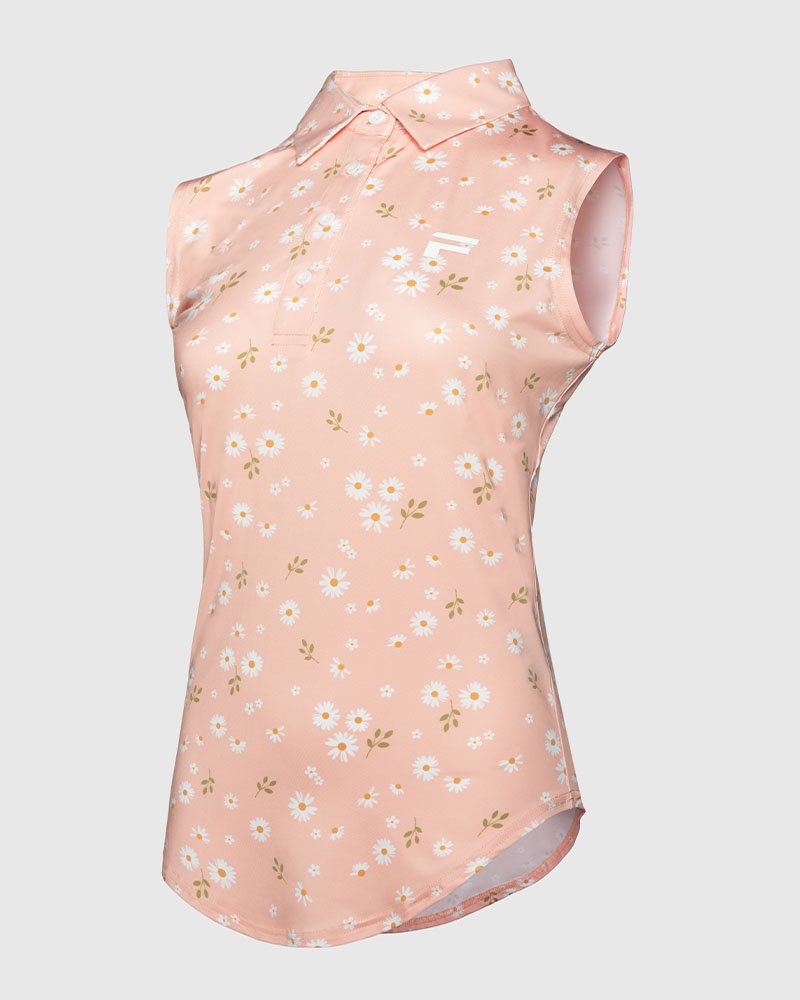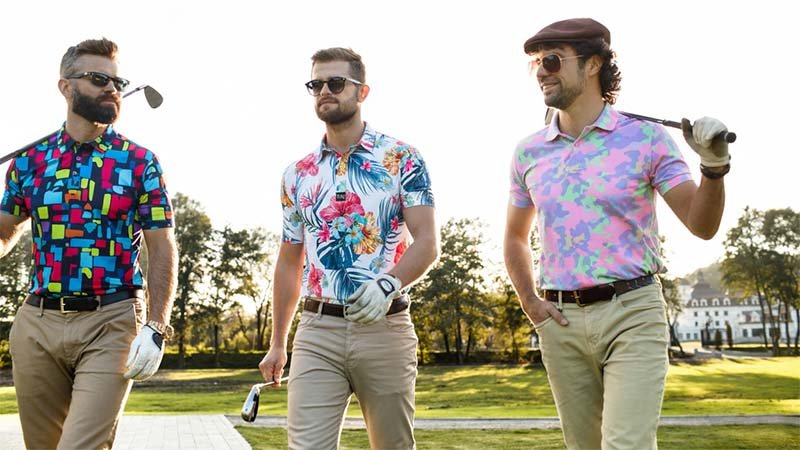Choosing the right manufacturing partner is a critical decision. The wrong model can waste your time, strain your budget, and even compromise your brand's identity right from the start.
OEM (Original Equipment Manufacturer) is for brands that provide their own custom designs, perfect for a unique identity. ODM (Original Design Manufacturer) is for brands that choose from a manufacturer's pre-designed products. Your choice depends on your design resources, budget, and speed-to-market goals.
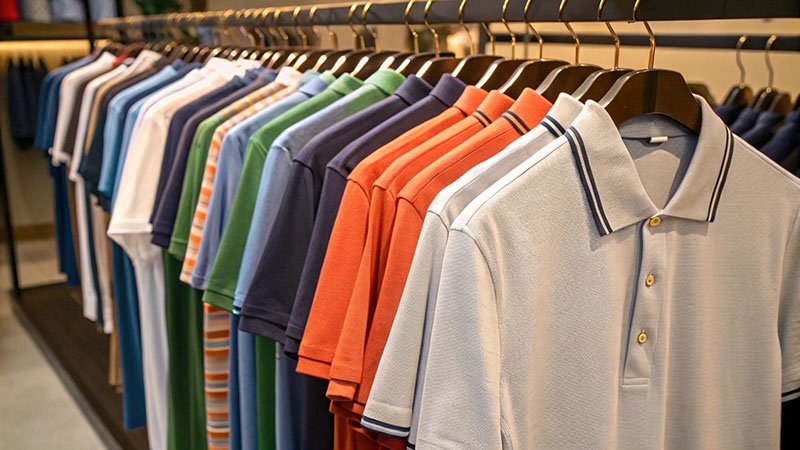
I have spent my entire career in apparel manufacturing, and I've seen brands succeed and struggle based on this single choice. It’s not just a technical term; it defines the relationship you will have with your production partner and shapes the very soul of your products. For a brand owner like you, understanding the deep differences between these two paths is the first step toward building a successful and sustainable golf apparel line. Let's explore what each model truly means for you.
What is the Real Difference between ODM and OEM for Golf Apparel?
You hear these terms all the time, but what do they really mean for your products? Misunderstanding them can lock you into a partnership that doesn't fit your vision or your business needs.
OEM means you provide the complete design, and we build it. ODM means you select from our catalog of pre-designed products and add your brand's logo. The core difference is who owns and creates the design intellectual property.
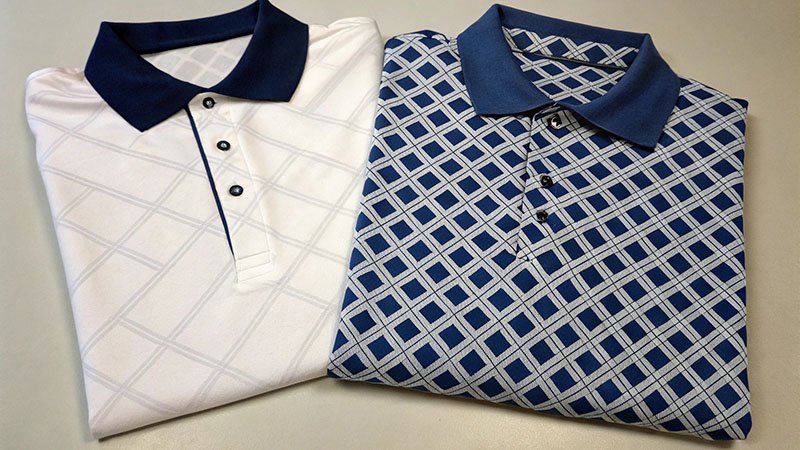
In my workshop, the difference is clear in how we begin a project. For an OEM project, a brand owner comes to me with a detailed technical package, or "tech pack." This is your blueprint. It contains everything: the exact fabric specifications, the precise measurements, and the stitching types. You own the design completely. My team acts as your expert hands, turning your unique vision into reality. In an ODM project, the process starts with my work. I show you my catalog of golf apparel that my team has already designed, developed, and tested. You might select a high-performance polo shirt, and your main decisions will be about color and where to place your logo. It’s a much faster path to market because all the design work is already done by me.
| Feature | OEM (Original Equipment Manufacturer) | ODM (Original Design Manufacturer) |
|---|---|---|
| Design Ownership | The Brand (You) | The Manufacturer (Me) |
| Customization | 100% Unique to Your Vision | Limited to Color, Logo, Minor Trims |
| Speed to Market | Slower (Requires R&D) | Faster (Uses Ready Designs) |
| Upfront Cost | Higher (You fund development) | Lower (Shared R&D costs) |
| Best For | Unique, established brands | Startups, fast market entry |
When Does ODM Make Sense for a Golf Apparel Brand?
Do you want to launch your brand quickly without a huge design budget? ODM might be the perfect answer. This model is built for speed and efficiency, helping new brands get started.
ODM is ideal for new brands or those wanting to test a market quickly. It saves significant time and money on design and development by using a manufacturer's ready-made styles. This lets you focus on marketing and brand building.

The biggest advantage of ODM is speed. I’ve worked with startup brands that had a great marketing idea but no technical design team. By using my ODM collection, they were able to select styles, approve colors, and get finished products ready for sale in just a few months. This is impossible with OEM, which requires a much longer development process. ODM also dramatically lowers your upfront design and development costs. All the expensive work of creating patterns, testing samples, and sourcing new materials is already done. The cost is spread across all the clients who use that specific design. This is a huge help when your budget is tight. The designs in an ODM catalog are also often proven performers. The fabrics have been tested and the fit has been refined, reducing the risk of quality issues for your new brand. It’s a practical, low-risk way to get your foot in the door.
Why Would an Established Brand Choose the OEM Model?
Your brand has a unique vision and loyal customers. You cannot risk your products looking like anyone else's. The OEM model gives you the absolute control necessary to protect that uniqueness.
OEM is the only choice for brands that need total creative control to build a unique product identity. By providing your own detailed designs, you ensure every stitch and fabric choice aligns perfectly with your brand image, creating a truly custom garment.
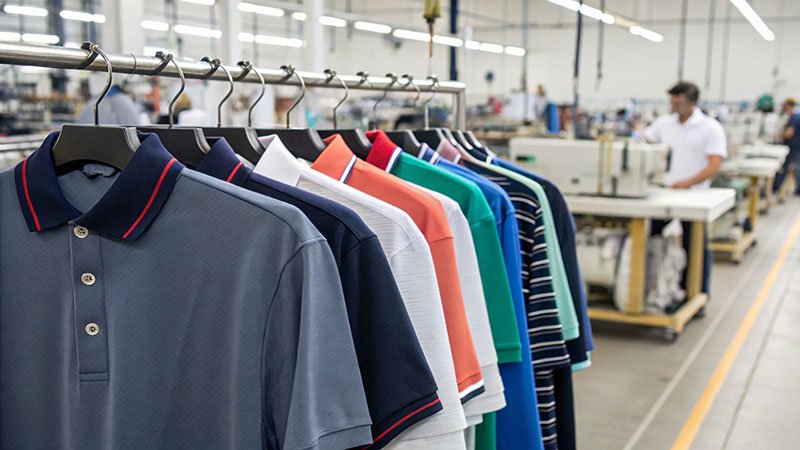
The main reason to choose OEM is uniqueness. When you control every detail, you can create something that no one else has. I’ve worked with established brands to create signature pieces, like a hybrid golf jacket with a very specific cut and a unique combination of fabrics. That product becomes a hero item for them, something customers can only get from their brand. This is only possible with OEM. This model also protects your brand's intellectual property. The design is 100% yours. This is a valuable asset that builds the long-term worth of your company. Furthermore, the OEM process gives you maximum control over production quality. Because you specify every single component in the tech pack—from the brand of the zipper to the composition of the fabric—you have the final say on the performance and feel of your apparel. My job is to execute your vision with precision.
How Do You Choose the Right Path for Your Brand and Budget?
The theory is clear, but how do you apply it to your specific situation? Making the wrong choice can strain your budget or dilute your brand. The key is to be honest about your resources.
Evaluate your brand strategy, budget, and supply chain expertise. If your strategy is based on unique design and you have the funds for development, choose OEM. If your goal is speed-to-market with less initial investment, ODM is the practical choice.
I always advise new clients to look at three key areas before deciding. The right choice becomes much clearer when you review them honestly.
1. Your Brand Strategy
First, what is your core promise to your customers? If your brand is built on a unique style, a specific cut, or innovative features that no one else offers, you must choose OEM. Your product's uniqueness is your primary asset. If your strategy is more focused on building a community and offering great value and fast access to products, ODM can be a very effective start.
2. Your Budget Considerations
Do you have an in-house designer or the budget to hire one? Do you have the cash flow to invest in fabric development, pattern making, and multiple rounds of sampling? If so, OEM is achievable. If you are a solo founder or a small team where cash is tight, the lower upfront investment of ODM is a much safer financial decision.
3. Your Supply Chain Management
Are you comfortable creating a detailed tech pack and managing a development timeline? OEM requires more hands-on management from you. If you need a more turnkey solution where the manufacturer handles the technical details, ODM provides that simplicity.
Can We Learn from Real-World ODM and OEM Examples?
Theory is useful, but seeing how other brands use these models can make your own path clearer. The lessons learned from their successes can help you avoid common mistakes and choose with confidence.
Many large retail brands use ODM to quickly launch seasonal basics, while high-end, designer-led golf brands almost always use OEM for their signature pieces. The lesson is to match the manufacturing model to the product's strategic role.
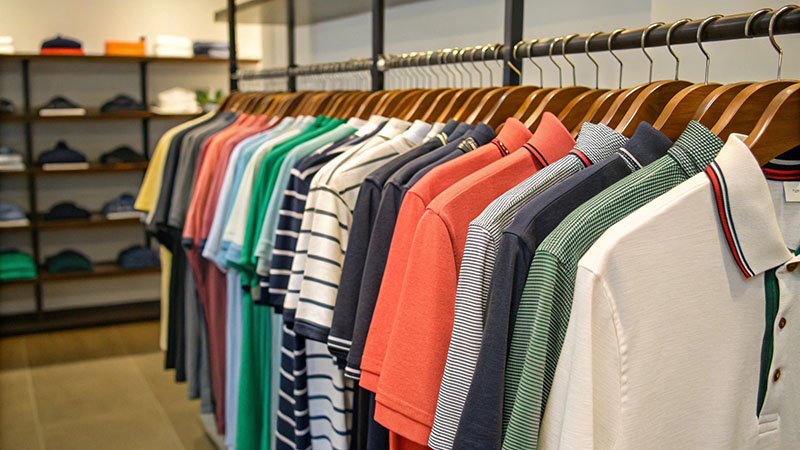
I've seen both models lead to incredible success. It's all about matching the model to brand's goals. A great ODM success story came from a founder I worked with. He had a strong marketing vision for a new golf brand targeting younger players, but he didn't have a design background. He chose three polo styles and two short designs from my existing ODM catalog. He picked his brand colors, and we applied his logo. Within four months, he had a full collection live in his online store. The ODM model allowed him to get to market quickly and generate revenue. In contrast, an established OEM client came to me to create a premium, all-weather golf vest. They had their own designer who provided a very detailed tech pack. It took us six months and three prototypes to perfect the fit and the complex pocket system. But the final product was completely unique and became their best-selling item. That level of product innovation was only possible through the dedicated OEM model.
Conclusion
Choosing between ODM and OEM depends entirely on your brand's strategy, resources, and goals. OEM offers total control for a unique identity, while ODM provides speed and efficiency for a faster launch.




